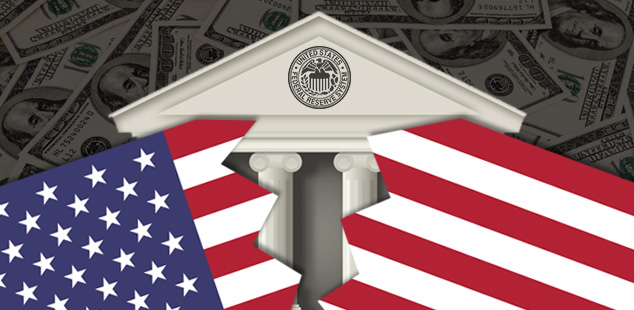
Late in January the Bank of Japan caught the financial world by surprise by announcing the adoption of a negative interest rate 1. While this central banking strategy has been in use in some European countries for more than 18 months, no one was expecting this move by Japan’s government.
What Is a Negative Interest Rate (NIR)?
In a normal, healthy economy, central banks will pay banks a small return on the funds they are holding for them overnight. When a central bank moves to a negative interest rate strategy, it charges those same banks to hold that cash. The idea is to encourage private lenders to get their money out to borrowers rather than pay the fee. Many analysts view the use of such strategies as something of a desperation move coming after all traditional steps to protect and uphold an economy have failed.
The idea of a negative interest rate is to encourage renewed economic activity and, in some cases, to eliminate foreign currency investment. Working to protect and shore up the value of their nation’s currency, various central banks are now turning to this drastic measure as most other efforts have failed.
Negative Interest Rates in Europe and Japan
The long-term effects of negative interest rates are not fully understood, but it is known how the initial actions by institutions such as the European Central Bank, Denmark and Sweden affect the larger economy. These rates distort financial markets and affect the value of a large number of fixed-income securities. In fact, those who hold those securities until maturity will lose a portion of their capital invested in the notes.
For the Europeans, the market impact has been relatively subdued. Many of the commercial banks have hesitated to pass on the added costs to their customers, except with some very large depositors. However, Japan’s action is creating quite the turmoil, beginning with Japanese lawmakers and several large institutions.
Haruhiko Kuroda, architect of the Bank of Japan move, had anticipated the imposition of a NIR strategy would dramatically reduce the value of the yen and spur the Nikkei into an encouraging growth spurt. Not only has the action produced the opposite results, the Wall Street Journal reports that leading lawmakers claim it is “victimizing consumers and sending a message of despair.” (Update: The Nikkei did experience some growth early in the week of February 15.)
NIR as Economic Indicator
At the heart of the concern over the use of a NIR strategy is concern over confidence in the financial markets as a whole. While the leading Japanese bankers claim they are surprised by the outcry against this current policy, other analysts say they should not be. In fact, they point to the recent meetings in Davos, where negative rates were roundly disparaged, as a warning sign.
Moreover, the move by the Japanese has some U.S. lawmakers quizzing Janet Yellen, Federal Reserve Chairwoman, about the possible use of such a NIR strategy here. While she was skeptical in her response, no assurances were provided.
The Negative Interest Rate and Gold
Just a few weeks ago, the gold market was in a tizzy waiting to see if the Fed would commit to its first rate increase in nearly a decade. While the price of gold held up well when the modest increase was announced, there was renewed concern over future increases.
However, Japan’s move now has the markets focused on the impact of negative interest rates on the value of gold. The WSJ article mentioned above notes, “Investors are piling into gold, seeking shelter amid concerns that a turn toward negative interest rates in some countries is threatening to destabilize the global financial system.”
With some market analysts 2 predicting a gold price of $1,900 an ounce if more central banks move to negative interest policies, there is no question these moves further undermine the confidence in paper currencies. As the public wakes up and more investors buy gold, the next few weeks will tell an interesting story about the impact of negative interest rates.
Additional Sources
2. http://www.12newsnow.com/story/31254226/profit-confidential-explains-why-negative-interest-rate-policies-could-send-gold-to-1900-an-ounce

